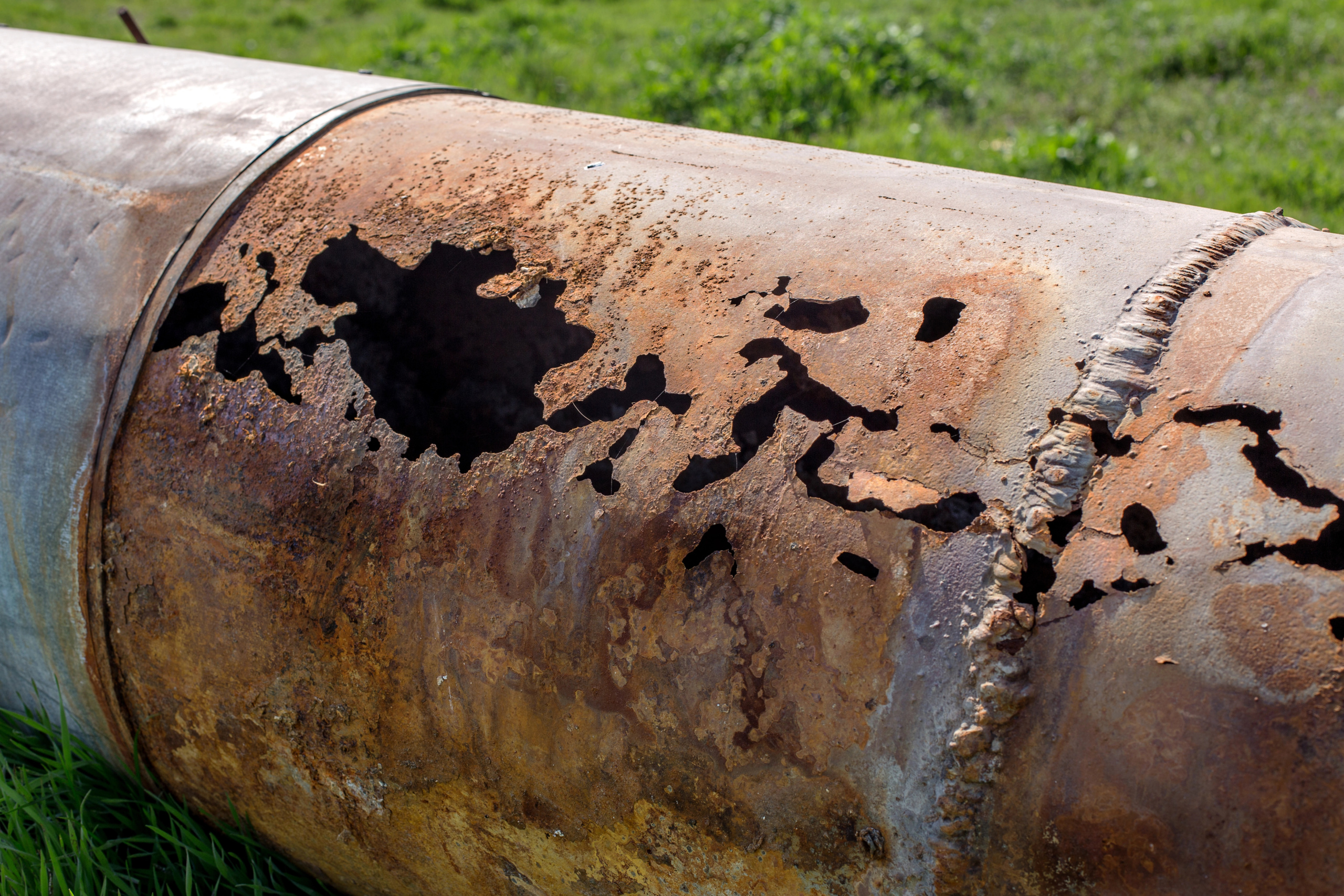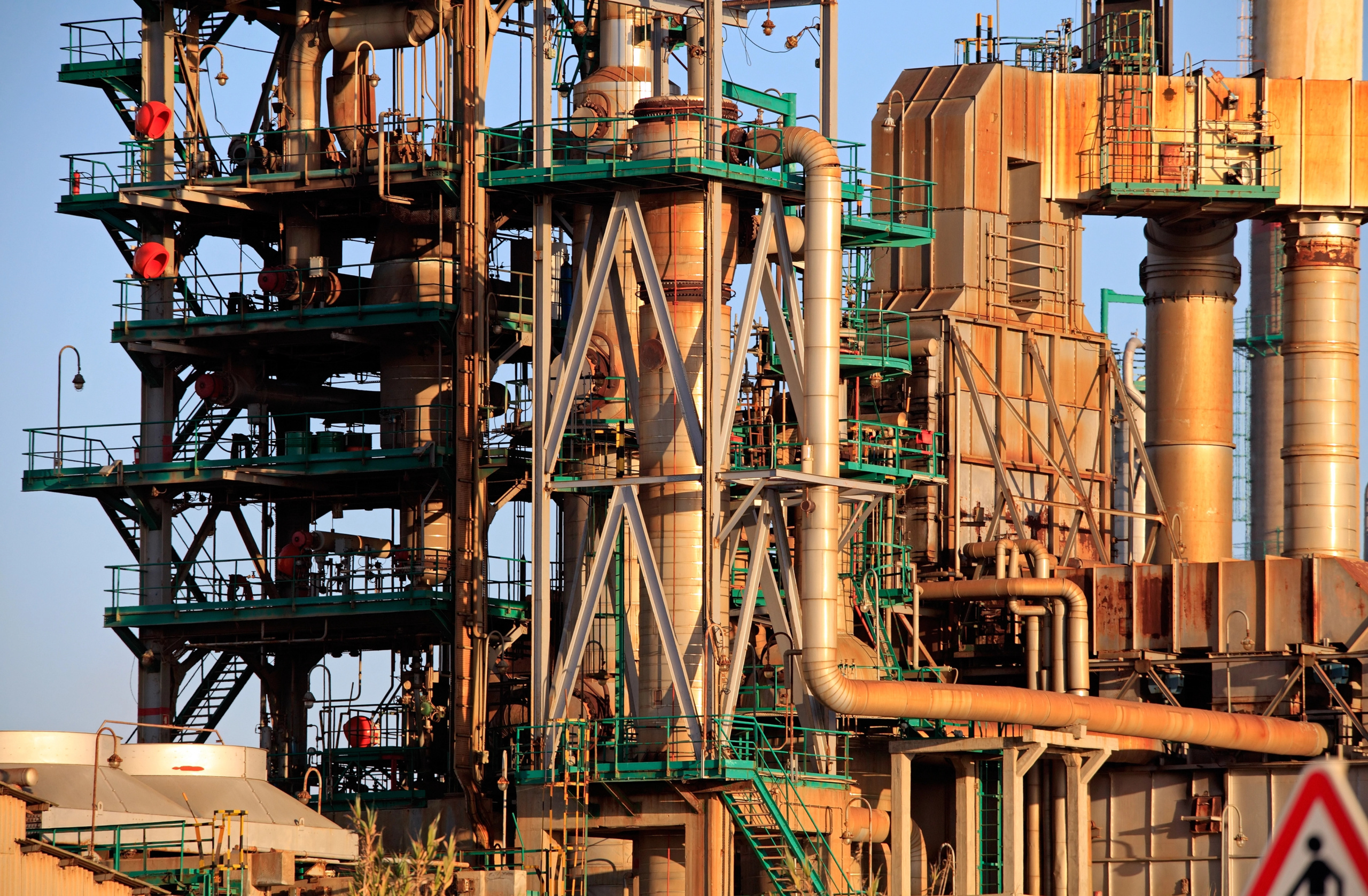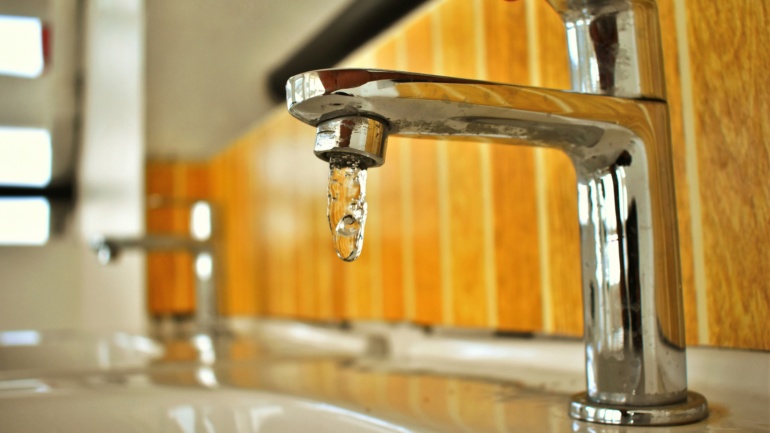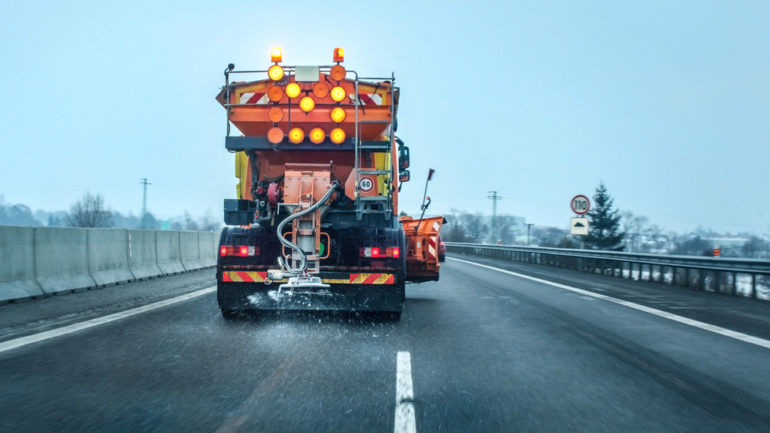By Tenzin Saldon, Publishing Project Leader at Save the Water™ | September 20, 2024
Edited by Joshua Awolaye, Publishing Associate: Editor at Save the Water™
Behind the curtains of civilization, vast infrastructures carry the natural resources we use to survive and thrive. Gas from our stove, hot water from the sink, water that flushes down the toilet—all these conveniences operate through intricate pipeline systems.
Microbiologically influenced corrosion (MIC) poses a threat to these pipelines, leading to detrimental contamination of land and water. This article briefly explores this phenomenon, its mechanism in marine environments, impact on our society, and future implications.
What is Microbiologically Influenced Corrosion?
Microbiologically influenced corrosion is the effect of biofilms on the degradation of metallic and nonmetallic materials. These biofilms are formed through the activities of various microorganisms such as bacteria, archaea, algae, and fungi. MIC is also called microbial corrosion, biocorrosion, or microbially induced corrosion. It can occur as pitting, which are localized cavities, on carbon steel, stainless steel, copper, aluminum, titanium, concrete, etc. The presence of water or moisture is important for the proliferation of these microorganisms. Research shows that certain conditions, including temperature range, pH level, nutrient supply, surface type, and salinity, increase the likelihood of MIC.
MIC in Marine Infrastructures
Offshore and nearshore rigs are usually constructed using concrete, carbon steel, and stainless steel. These materials are chosen for their durability in marine conditions. Nevertheless, these materials are still vulnerable to microbiologically influenced corrosion as they’re constantly exposed to the wet environment.
Though there are many mechanisms of microbiologically influenced corrosion, sulfate-reduction is the main culprit in marine environments. It is also one of the most studied mechanisms. Microbiologically influenced corrosion favors seawater conditions due to higher amounts of sulfate present. In this oxygen-absent corrosion process, sulfate-reducing bacteria (SRB) reduces sulfate to hydrogen sulfide, which then reacts with the metal. This produces metal sulfides that lead to pitting.
There are risks and limitations with current methods for corrosion control. They include, but are not limited to:
- difficulty examining entire pipelines,
- coatings not guaranteeing reliable protection from MIC or longevity of metals, and
- chemical treatments exposing pollutants into the pipelines/environment.
A recent study by Ghezzi et al. analyzed sediments from the Trieste port and Barents Sea for MIC susceptibility in the context of human activities. Results showed that Trieste port’s nearshore sediments had SRB varieties indicating anthropic contamination and a greater propensity for biocorrosion. The offshore sediments from the Barents Sea detected SRB varieties that signified low anthropogenic impact. However, the site still requires regular monitoring for possible evolution. This finding is useful in determining locations, material selections, and designs of marine infrastructures to mitigate MIC-related accidents.
Real-Life Impacts of MIC
MIC has been linked to many anthropogenic disasters throughout history. Below are some notable events that have devastated ecosystems and industries:
- El Paso Natural Gas Leak, New Mexico (2000): Internal biocorrosion and pressure within the thinned metal pipe caused a burst of natural gas. The corrosion, deposit, and liquid samples examined “showed positive reactions for all four types of bacteria (sulfate-reducing, acid-producing, anaerobic, and aerobic).” Acid-producing bacteria were also present in all samples. The released natural gas burnt into the atmosphere and ground for almost an hour. There were 12 deaths, damage to bridges and vegetation near the Pecos River, and other property damages of about $1 million.
- Prudhoe Bay Crude Oil Spill, Alaska (2006): Pitting inside the transmission pipeline led to a leak of up to 267,000 gallons of crude oil. Sulfate-reducing bacteria were present on the pipe’s surface. The spill covered almost two acres of Alaskan tundra. As the biggest domestic oil source, this spill and subsequent events increased crude oil and gasoline prices, burdening U.S. consumers.
- Aliso Canyon Methane Leak, California (2015): External MIC prompted the rupture of a 7-inch well casing at the Alison Canyon underground gas facility in the Santa Susana Mountains. Approximately 109,000 metric tons of methane spread for months, making it the largest methane leak in U.S. history. Methane is a greenhouse gas that lives in the atmosphere for a shorter time than carbon dioxide. Its environmental impact, however, is far more potent than carbon dioxide. Thousands of families had to relocate due to public health concerns.
Looking Ahead
This article has shed some light on microbiologically influenced corrosion and its detrimental impacts. This issue not only concerns marine environment but also other major industries and infrastructures that sustain our modern society. Cooling systems, water treatment facilities, sewage systems, power plants, utility lines, etc. can be affected by microbiologically influenced corrosion.
Scientists have studied MIC since the early 1900s, and advanced technologies have enabled meaningful discoveries in recent decades. However, our knowledge of microbiologically influenced corrosion is still limited. It is, after all, a topic that cuts across several branches of science: microbiology, chemistry, metallurgy, engineering, etc. Therefore, further research calls for an interdisciplinary approach. The right information and techniques can help us develop effective and eco-friendly strategies to mitigate MIC-related catastrophes.






